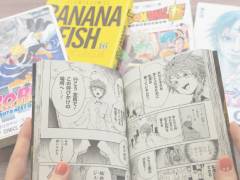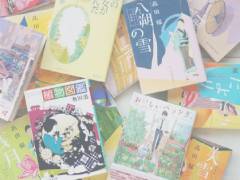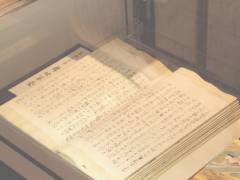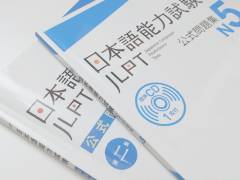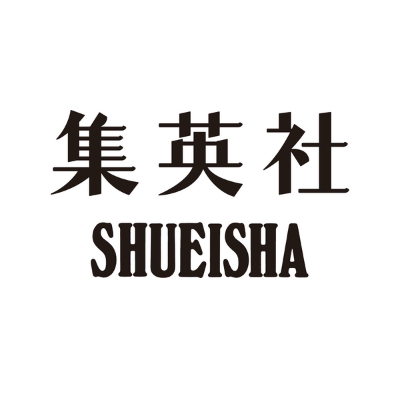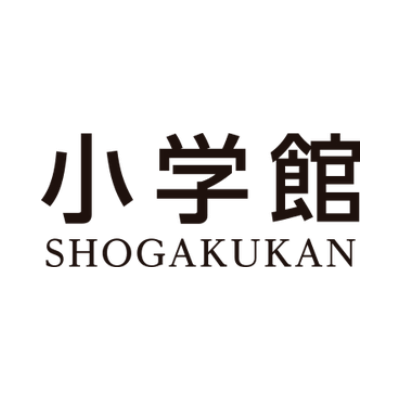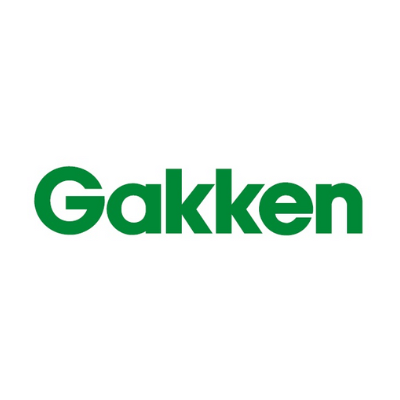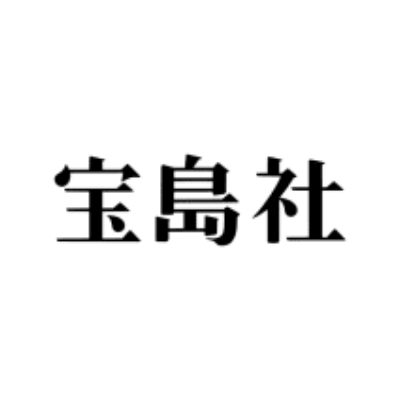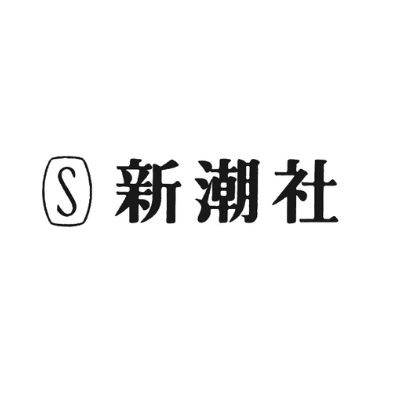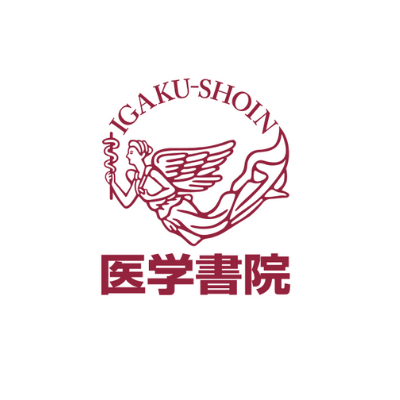Writing arrived in Japan in 400 B.C. thanks to books originating from China. Immigrant scribes bought this new knowledge. Writing was then of very marginal importance ,and it was only in the 7th century that some Japanese aristocrats started to be interested in it for official or religious writings and in Chinese. It was only at the end of the century that writing became more widely used by the ruling and intellectual classes. This is how the oldest book in Japan came into being. The two oldest Japanese books are:
- The historical chronicles of Kojiki in 712 A.D. a compilation of stories by the storyteller Hieda no Are. O no Yasumaro made the collection at the request of the empress Gemmei.
- Nihon Shoki, written in 720 A.D. by several authors, including Prince Toneri in honor of Empress Gensho.
In the Nara period (710 - 794,A.D.), we find mainly biographies of prince Shotoku as well as cultural and geographical documents. It was at this time that Japanese poetry took root with the anthology work: Man'yoshu.
The texts were always written in Chinese, and it was not until the 9th century that the "Kana" characters were developed, which gave Japanese its own unique writing system, distinguishing itself from Chinese.
Having their own writing liberated Japanese authors to invent new genres such as tales (Monogatari) and newspapers (Nikki). The Heian court greatly contributed to this development by supporting literature. Japanese books were launched.
At this time a woman took 10 years to write the greatest Japanese novel. Murasaki Shikibu This so-called genji contains 54 chapters and no fewer than 300 different characters. This book mixes love intrigue and drama at the Heian court. It also includes : WAKAS, small sentimental poems of 31 syllables. If you want to get an old Japanese book, don't hesitate, this one will be a perfect start.
During the Meiji era [1868-1912], we see the emergence of the truly classic of Japanese novels. With the opening to the Western world, the imagination was unleashed. A much more obvious realism developed, as the Japanese critic and author Tsubouchi Shôyô noted in his book The Essence of the Novel (Shousetsu shinzui), dating from 1885 and 1886.
The literary style also evolved. From a well-established literary style, Japanese authors came into a style more similar to the spoken language.
With his book I Am a Cat, the author Natsume Sôseki is a worthy representative of this changing Japanese society.
In 1933, Junichiro Tanizaki praised traditional Japan against the West and defended Japanese aesthetics. He put forward the concept of "Wabi-sabi", which was born in the 14th century with the traditional tea ceremony and which is still an integral part of the Japanese philosophy of life today: "a life led by controlled sobriety, where one is able to detect and appreciate impermanence, the beauty of all things humble and imperfect."
- Wabi refers to a sense of modesty and wholeness one can experience in the grandeur of nature.
- Sabi recalls the respect one has for things aged by time.
Contemporary Japanese literature continues to flourish. Three writers born in Japan have been awarded the Nobel Prize for Literature: Kawabata Yasunari in 1968, Ôé Kenzaburô in 1994, and Kazuo Ishiguro in 2017.
Stories and passion novels were then in full swing.
Haiku, Japanese poems
Japanese poetry is a unique literary genre, specific and omnipresent in Japanese literature.
Haikus are very short poems, which are omnipresent in Japanese cultural history. Found since the 16th century they are composed of three lines, and tell or reveal a moment of truth, a strong yet ephemeral feeling. Among the most famous : Chigetsu-ni, Buson, Issa, Shiki, Hosai, Kiyoshi, Shûôshi
Manga
Like haiku, manga are a literary genre specific to Japanese culture. Comics of a particular style, their popularity is such that some of them have recently been adapted for television or cinema.
The origin of manga dates back to the Nara period, in the 8th century, and were presented on illustrated scrolls.
Nowadays there are 5 kinds of manga: Kokomo for children (Pokemon and Doraemon), Shonen for teenagers (Naruto or Dragon Ball), Shôjo for young girls (Nana), Seinen (Death Note or Attack of the Titans), Josei for teenagers (Citrus), Hentai for people over 18.
The mangas are divided into several volumes and are read from right to left as Japanese script is read.
The Mangakas, “The Heights,” are famous and are recognized all over the world. Famous manga authors include Eiichirō Oda, Akira Toriyama or Takeshi Obata.
After the Second World War, under the influence of American comics, the works exploded. It is a source of relaxation and escape for Japanese population. The mangaka Osamu Tezuka (Astro boy) was widely popular. In 1955, manga began to multiply and reached their peak at the end of the 20th century, thanks to the widespread distribution of anime. In France, the Dorothée Club was the first to participate in the rise of anime.
Mangaka often use the Dōjinshi to produce without pressure and more freely. The Dōjinshi are collections published regularly by passionate fans. Mangakas can thus let their imagination run free without being restricted by their publishers.
Japanese magazines
Japanese magazines do not seem to be very popular among Japanese people, since they represent only 1% of the sales in Japan. However, there are hundreds of them.
Among them, we find pre-publication manga magazines, where ideas are tested before their publication in books. You can find specific magazines for each genre of manga mentioned above.
Japanese women, who are big consumers of cosmetic products, particularly like to read beauty magazines. Some of them have more than 150 pages and they contain very little advertising.
If you want to discover or deepen your knowledge of Japanese music, you can read Music Magazine, which is very popular in Japan, or Record Collectors Magazine (Recocole).
If you want to discover a good society magazine, let yourself be tempted by the monthly Bungei Shunju (conservative and pro-emperor) where you will find writings of journalists, writers, researchers, or essayists.
The main news magazine in Japan is Shūkan Shinchō,(nationalist-conservative). It is the ninth best-selling magazine in Japan and deals with current affairs in general.
Shūkan Gendai is THE magazine for businessmen. The content is more provocative, mentioning political scandals, sports, celebrities, literary and cinematographic releases, and also offering pictures of naked or almost naked women.














